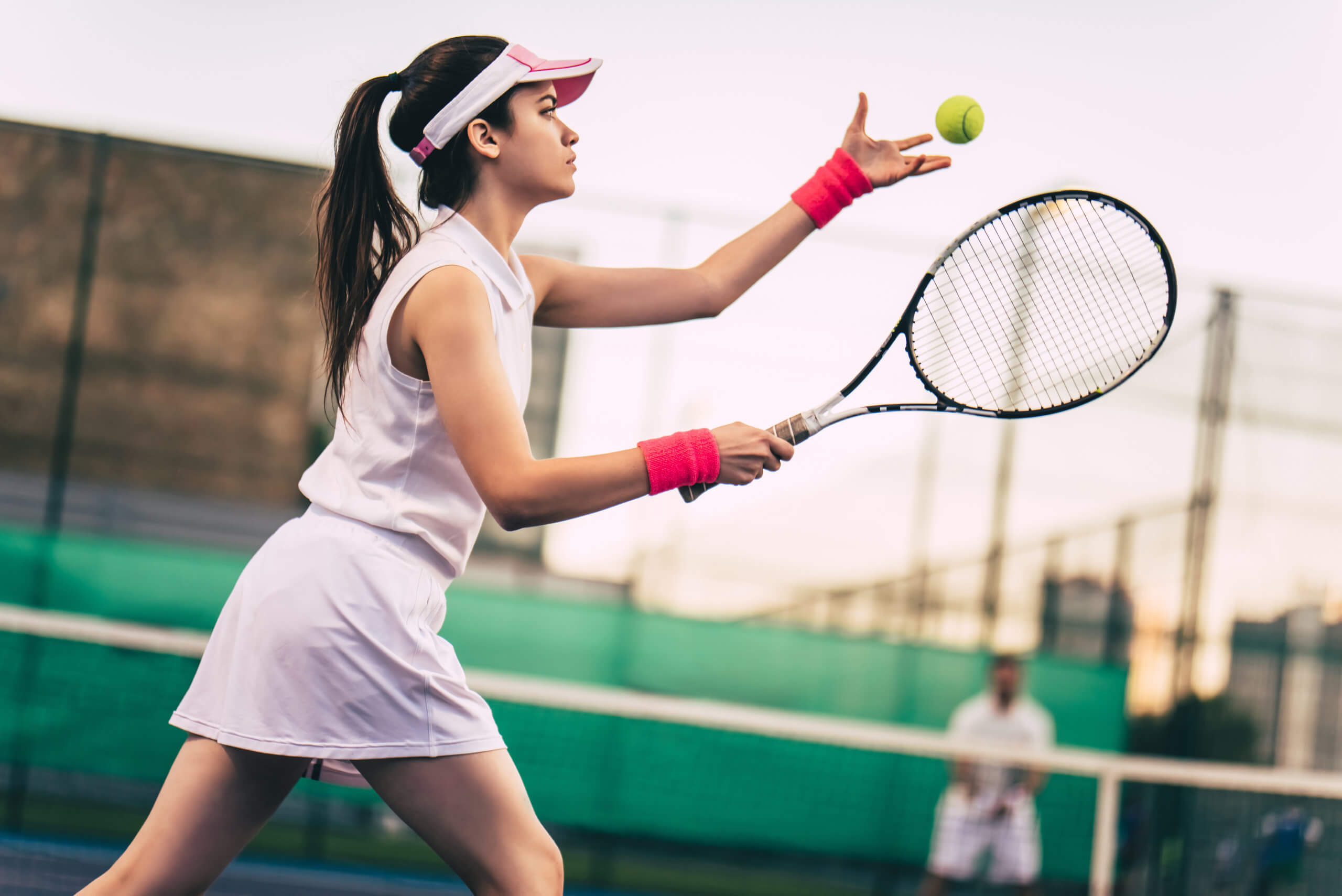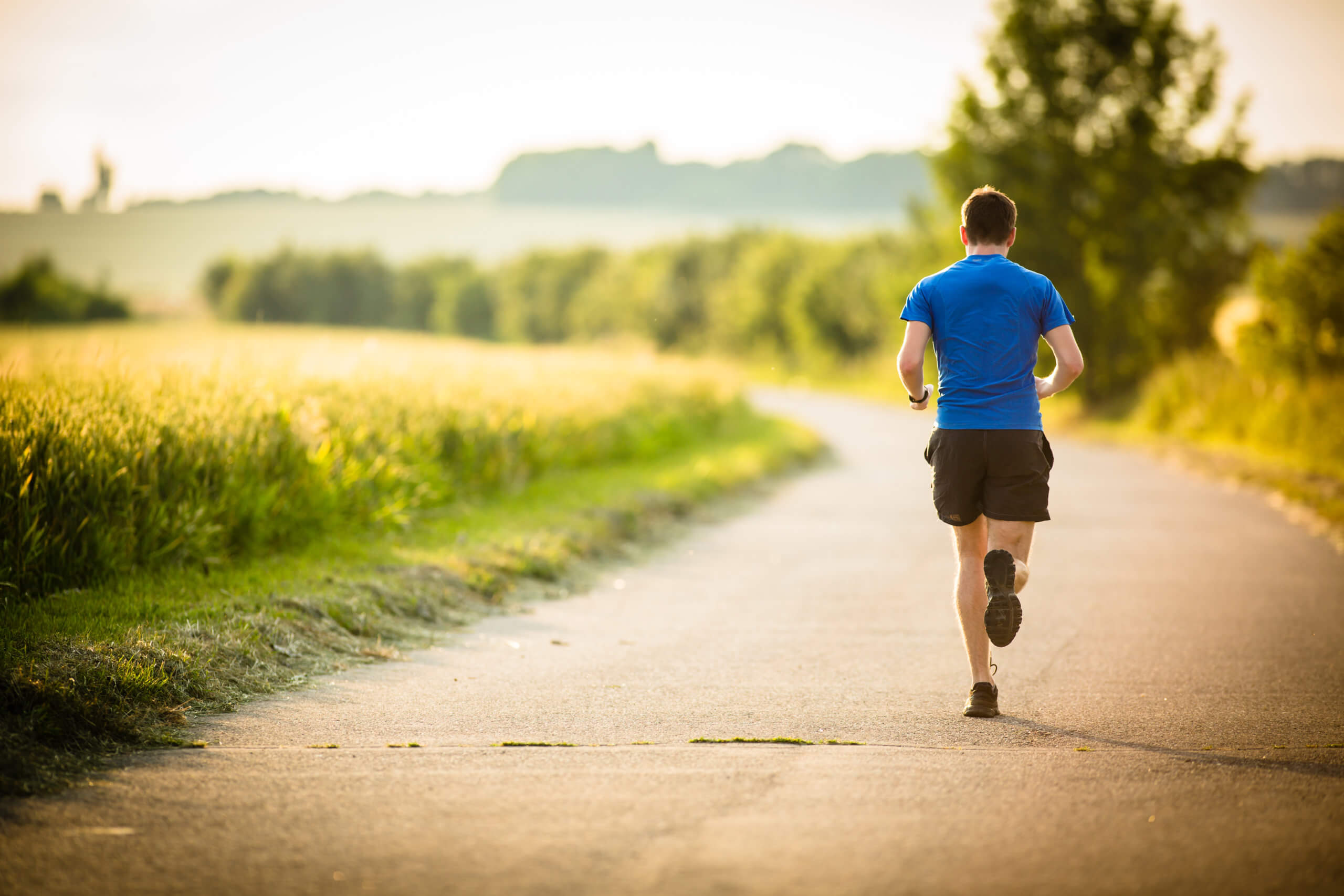5 Common Sports Injuries and How to Prevent Them
With summer here, adults and children alike are heading out to enjoy their favorite sports. Whether it’s a round of golf on your favorite course, a tennis match with friends, or some Frisbee or volleyball on Jones Beach, most people look forward to getting outside and active during the summer months.
More activity, however, increases the risk for sports injuries. Even if you’re in good shape, sudden movements, falls, or collisions can leave you in pain—and, off the court or field for weeks or even months. Should you experience an injury, the specialists at South Island Orthopedics are experts in addressing and treating common sports injuries. Our goal is to get you back to doing what you love as soon as possible.
SIO’s doctors also know that the best treatment for common sports injuries is prevention. Here are some of the most common sports injuries they see—and advice for avoiding them.
Common Sports Injuries Among Amateur Athletes
 The most common causes of sports injuries are collisions, particularly during contact sports—and, overdoing it. You are far more likely to be injured if you’re typically sedentary or only play occasionally and if you don’t adequately warm-up before playing. While you might expect to have some sore muscles after a long day playing on the beach, or a weekend hike, usually the pain subsides after a day or two.
The most common causes of sports injuries are collisions, particularly during contact sports—and, overdoing it. You are far more likely to be injured if you’re typically sedentary or only play occasionally and if you don’t adequately warm-up before playing. While you might expect to have some sore muscles after a long day playing on the beach, or a weekend hike, usually the pain subsides after a day or two.
The following common sports injuries may take more time to heal—and could even require additional treatment if rest isn’t enough.
Ankle Sprains
Sprained ankles are the most common sports injury. In fact, Massachusetts General Hospital reports that 85% of the one million ankle injuries every year are sprains.
A sprain occurs when the ligaments that help stabilize the ankle joint and keep the bones in place are stretched beyond their limits and tear. Sprains are often caused by walking or playing on uneven surfaces (like beach sand) and falls. They are common in sports that require rapid directional changes that cause the foot to roll, like soccer, tennis, basketball, and trail running.
Pain is the most common symptom of a sprained ankle, along with swelling, bruising, tenderness, and in severe cases, instability in the ankle joint. Most ankle sprains heal with time. The RICE protocol (Rest, Ice, Compression, Elevation) is the most common treatment. Surgery is rare for a sprained ankle, but physical therapy and a graduate rebuilding of strength and mobility are necessary for many injuries.
To prevent a sprained ankle, warm up before playing—even for a casual game of pickup basketball in the driveway. Wear proper footwear, and slow down or stop when you feel fatigued.
Knee Injuries
 Knee injuries also place near the top of the list of common sports injuries. As the largest and most complex joint in the body, the knee is susceptible to many sports injuries. Doctors see patellofemoral pain syndrome (PFPS) and anterior cruciate ligament (ACL) tears most often in athletes.
Knee injuries also place near the top of the list of common sports injuries. As the largest and most complex joint in the body, the knee is susceptible to many sports injuries. Doctors see patellofemoral pain syndrome (PFPS) and anterior cruciate ligament (ACL) tears most often in athletes.
PFPS refers to pain around the patella, or kneecap. It’s also known as “jumper’s knee” or “runner’s knee,” and is typically caused by overuse. If you’ve suddenly decided to train for the New York City Marathon and are running more often and for longer distances, for example, you have a risk of developing PFPS.
Although overuse is the most common cause of PFPS, as the tissue surrounding the knee becomes inflamed and the nerves sense pain, misalignment of the kneecap is also common. Wearing the wrong shoes, suddenly increasing the intensity or duration of an activity, and exercising on hard surfaces (like running on pavement) can also contribute to the pain.
In most cases, PFPS is treated with rest. The RICE protocol and over-the-counter anti-inflammatory medication can also alleviate symptoms. Imaging tests to rule out other knee injuries may be necessary, and your orthopedic specialist may recommend physical therapy. In rare cases, knee surgery to remove cartilage or release tension in the tendons may be needed to reduce pain.
The other knee injury common among athletes is an ACL tear. The ACL runs diagonally through the center of the knee joint, helping connect the thigh and leg bones and supporting the knee joint.
ACL injuries are sprains. And like ankle sprains, they are often caused by sudden changes of direction, suddenly slowing or stopping when running, collisions, and landing wrong when jumping. However, unlike other sprains, ACL tears often require medical treatment to heal.
Young athletes, in particular, need surgical repair of a torn ACL to return to sports. Older people may be able to avoid surgery, but they most likely won’t be able to return to vigorous activity without it. Physical therapy to strengthen the knee after an injury is also a key aspect of treatment.
To prevent knee injuries, proper warmups and strengthening leg muscles are key. If you play a sport that involves jumping— like volleyball—practicing proper jump technique and landing mechanics can prevent injury.
Tennis Elbow
 Although medial epicondylitis is commonly referred to as tennis elbow, the condition can occur in any sport that requires repetitive arm movements, including golf, baseball, and softball. Tennis elbow causes pain around the elbow and in the forearms due to damage in the muscles and tendons in the forearm from repetitive motion. Weakness in the hands is also common.
Although medial epicondylitis is commonly referred to as tennis elbow, the condition can occur in any sport that requires repetitive arm movements, including golf, baseball, and softball. Tennis elbow causes pain around the elbow and in the forearms due to damage in the muscles and tendons in the forearm from repetitive motion. Weakness in the hands is also common.
In most cases, tennis elbow is alleviated by the RICE protocol and over-the-counter pain relievers. If self-care is ineffective, an orthopedic specialist may recommend physical therapy, or injections (like platelet-rich plasma or cortisone) to heal the tendons. In extreme cases, surgery to remove damaged tendon tissue may be necessary if more conservative treatments are ineffective.
Using proper technique when playing sports can help prevent tennis elbow. Stretching before play and stopping when you’re fatigued can also reduce your risk.
Shin Splints
Runners are often familiar with shin splints, or medial tibial stress syndrome. Any intense sport or exercise can cause injury, which leads to pain along the inner edge of the tibia, or shin bone. The pain is due to inflammation of the muscles, tendons, and ligaments that run along the bone. When you suddenly increase the intensity or duration of exercise, run on hills, or wear improper footwear, the repetitive motion causes inflammation and pain.
Because the symptoms of shin splints can mimic other conditions, including stress fractures and tendinitis, a doctor’s exam is necessary for diagnosis. Treatment usually involves resting, stretching, and gradually returning to activity. Surgery is rarely necessary.
To prevent shin splints, wear proper footwear, and vary your activity between high and low-impact sports to avoid overuse. Gradually increase the intensity and duration of exercise as well.
Muscle Strains
A strain is an injury to a muscle or tendon. You might hear it referred to as a “pulled” muscle. They most commonly occur in the shoulders, legs, back, or groin.
Sometimes, a strain is an overstretched muscle that causes pain and perhaps some minor swelling or weakness. In other cases, the muscle or tendon tears. Treatment is similar to a sprain: RICE protocol and a gradual return to activity for minor injuries and surgery for a more severe tear.
Rotator cuff tears are some of the most common, severe muscle strains. The rotator cuff consists of four muscles surrounding the shoulder joint. Although many rotator cuff injuries are degenerative, a hard fall while playing sports can tear one or more muscles.
Depending on the severity of the tear, a combination of rest, physical therapy, and steroid injections are effective treatments. If the injury doesn’t respond, however, surgical repair is necessary.
To prevent muscle strains, always warm up before exercise and avoid exceeding your limits.
Get Treatment for Common Sports Injuries at South Island Orthopedics
If you’ve been injured, you don’t want to wait to see a doctor. That’s why South Island Orthopedics offers urgent care services at both our Cedarhurst and Woodbury locations, so you can get the treatment you need right away.
The doctors at South Island Orthopedics are committed to helping you recover from injuries as quickly as possible, getting you back to doing the things you enjoy. No matter what type of sports injury you have, expect compassionate, high-quality, customized orthopedic care in a friendly and comfortable environment.
Request an appointment today and do more things that you love.
Posted in: Ankle, Knee, Sports Medicine
